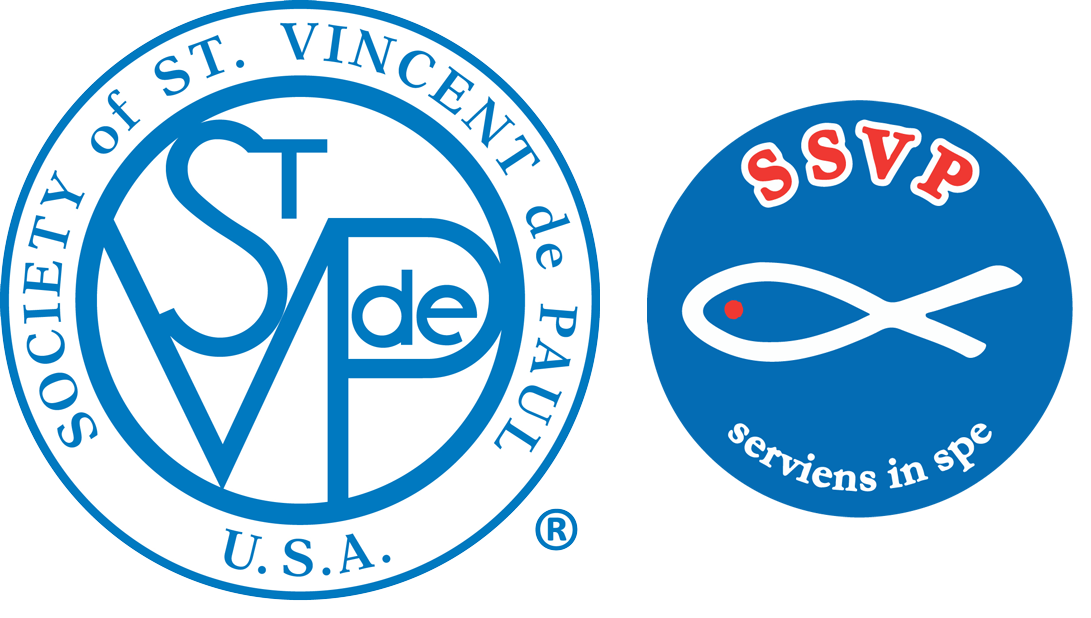A central principle of Catholic social teaching, necessary for respect of human dignity and a properly ordered social life, is subsidiarity. [CSDC, 185-186] Naturally, the organization, governance, and traditions of the Society of St. Vincent de Paul reflect this important principle, too. [Rule, Part I, 3.9] How does subsidiarity guide the practice of our Vincentian works of charity?
Councils, the Rule explains, “exist to serve all the Conferences they coordinate.” [Rule, Part I, 3.6] In turn, the work of directly serving the neighbor, remains with the people closest to those served: the Conferences. Yet it is not the entire Conference, or only the officers, that go on home visits, it is the Members, in pairs, on home visit teams.
Placing responsibility for the Home Visit with the National Council obviously would not be better for the neighbor, not only because that Council is remote, but because, as the Catechism explains, certain organizations “correspond more directly to the nature of man”. [CCC, 1882] Personally connecting with our neighbors, forming “relationships based on trust and friendship”, makes us more responsive to their needs, and better able to serve them. [Rule, Part I, 1.9]
For the Conference, subsidiarity in service of the neighbor is expressed not only by the organization of home visit teams, but by our assumption that the Members who made the Home Visit have “special insight into the best way to give help.” [Manual, 24] We don’t seek to replace that insight with arbitrary, pre-set guidelines. In other words, subsidiarity calls us to give ourselves up to “the inspirations of the heart rather than the calculations of the mind…not [tying ourselves] down with rules and formulas.” [Letter 82, to Curnier, 1834]
The Catechism explains that subsidiarity means “a community of a higher order should not interfere in the internal life of a community of a lower order, depriving the latter of its functions, but rather should support it…” [Catechism, 1883] In respect of this, we often illustrate the Society’s hierarchy by flipping it over, with the International Council General on the bottom, with other Councils, then Conferences, then members above, and the neighbor at the very top of our “org chart.”
The neighbor then, the least among us, is the “lowest order” of the Society’s organization, yet also is for us Christ himself. The principle of subsidiarity is our constant reminder that the last shall be first.
Contemplate
How does humility help me to respect subsidiarity – and vice versa?
Recommended Reading
The Manual, especially Bl. Giuseppe Toniolo, pp 90-91



